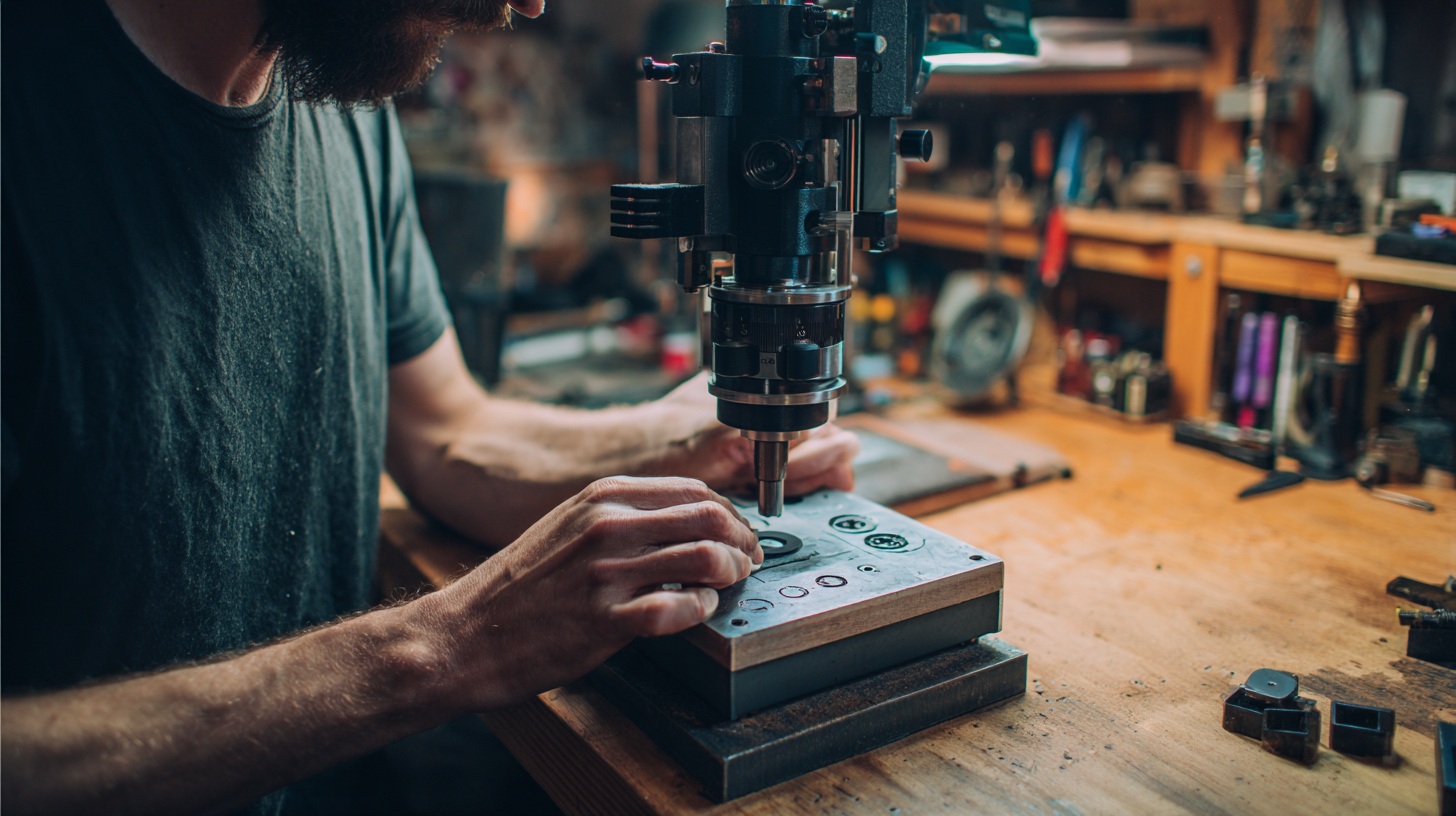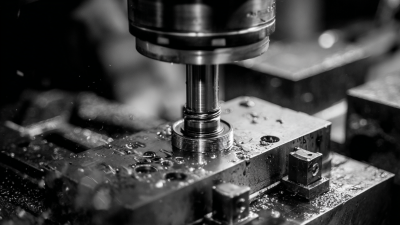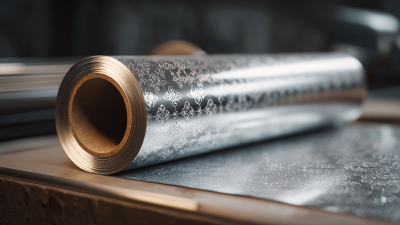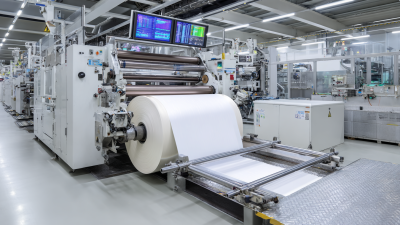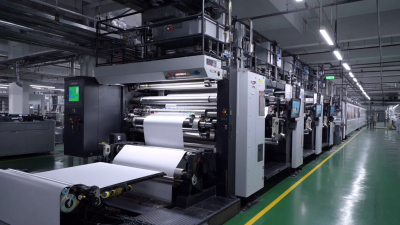Leave Your Message
-
Phone
-
Whatsapp
-
E-mail
In the world of DIY projects, the "Die Cutting Press" has emerged as an essential tool for unleashing creativity and precision. This powerful machine allows crafters to transform ordinary materials into extraordinary designs, making it a favorite among hobbyists and professionals alike. Whether you are creating intricate paper crafts, unique home décor, or personalized gifts, mastering die cutting techniques can elevate your projects to new heights. In this guide, we will explore how to effectively use a die cutting press to achieve stunning results in various DIY endeavors. With step-by-step instructions and expert tips, you'll discover the versatility of this tool, unlocking endless possibilities and inviting innovation into your crafting space. Prepare to embark on a journey of creativity as we delve into the art of die cutting!
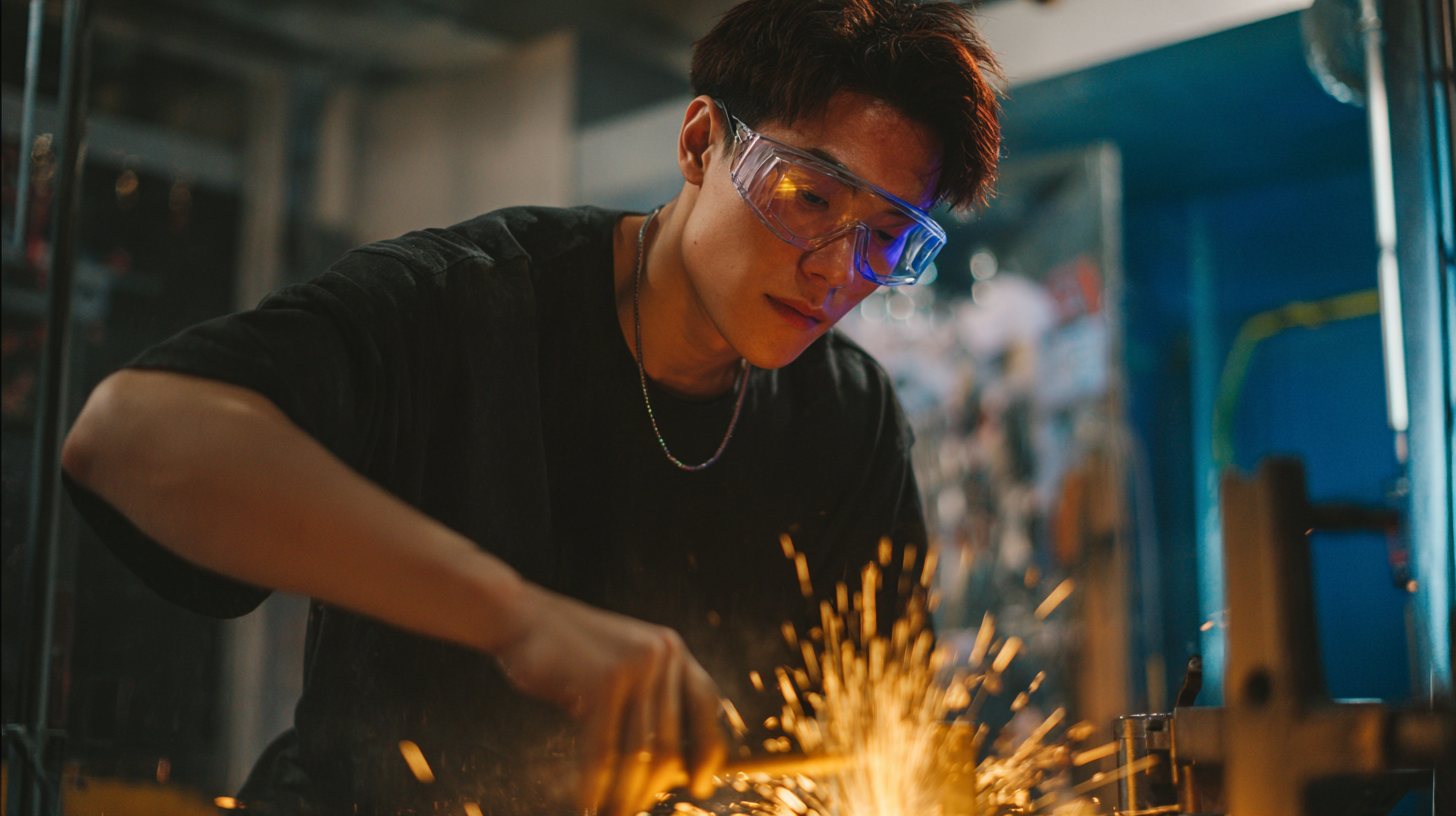
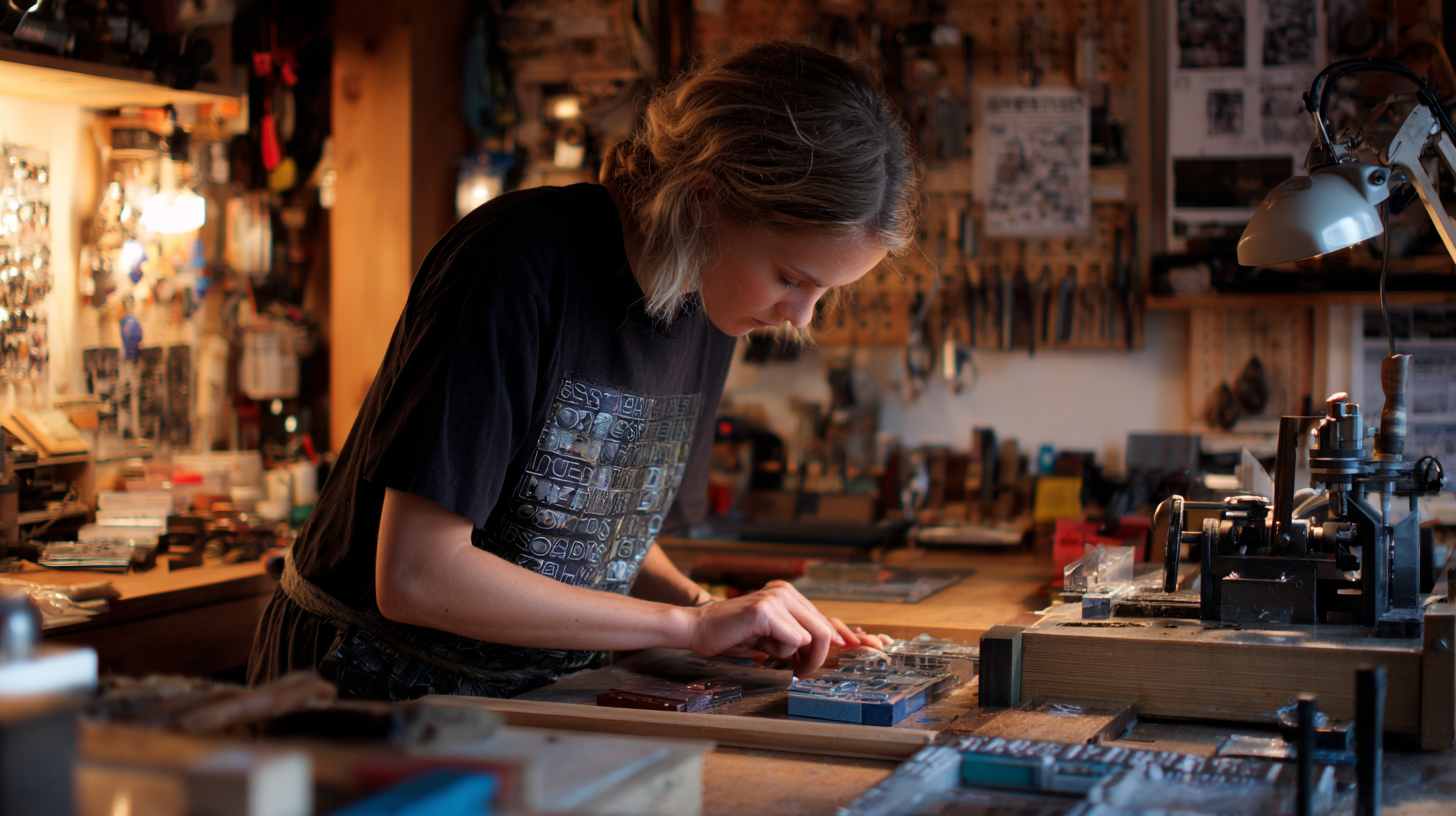 Die cutting press techniques have become a staple for DIY enthusiasts seeking to elevate their creative projects. Understanding the basics of die cutting is essential for anyone looking to add precision and flair to their crafts. At its core, die cutting involves using a press and a set of metal dies to cut various materials into specific shapes. This method allows for intricate designs that are difficult to achieve by hand, making it ideal for everything from scrapbooking to textile applications.
Die cutting press techniques have become a staple for DIY enthusiasts seeking to elevate their creative projects. Understanding the basics of die cutting is essential for anyone looking to add precision and flair to their crafts. At its core, die cutting involves using a press and a set of metal dies to cut various materials into specific shapes. This method allows for intricate designs that are difficult to achieve by hand, making it ideal for everything from scrapbooking to textile applications.
To get started with die cutting, it is vital to familiarize oneself with different types of die cutting machines, such as manual, electric, and digital options. Each type offers unique features that cater to varying skill levels and project requirements. Additionally, selecting the right materials—including cardstock, fabric, and even thin metal—can significantly impact the final results. Experimenting with various techniques, such as layering dies or using embossing folders, can unlock new creative avenues and enhance the overall aesthetic of DIY projects. By mastering these foundational skills, DIY enthusiasts can confidently explore the endless possibilities that die cutting has to offer.
Die cutting has revolutionized the DIY landscape, offering enthusiasts a way to create intricate designs with precision and ease. Understanding the different types of die cutting machines is essential for any crafter looking to enhance their creative toolkit. Broadly, die cutting machines can be categorized into manual and electronic models. Manual machines, like the Sizzix Big Shot, rely on a hand crank to press dies into material, making them ideal for smaller projects or beginners. In contrast, electronic machines such as the Cricut Maker allow for more complex cuts with various materials, including fabric and thick cardstock, providing extensive versatility for advanced craft projects.
When selecting a die cutting machine, consider your specific needs. If you often work with delicate materials or need intricate designs, an electronic machine may be the best choice. Conversely, if you appreciate simplicity and craftsmanship, a manual machine might suit you better. Here are some tips: First, always test your die cuts on scrap materials to avoid wasting your best supplies. Secondly, familiarize yourself with different dies; some are designed specifically for certain effects—like embossing or layering—which can expand your project possibilities. Finally, don’t hesitate to explore online tutorials and communities for new techniques and creative inspiration!
Die cutting is a powerful technique that significantly enhances DIY projects, offering endless creative applications. Whether you’re making custom cards, home décor, or personalized gifts, die cutting allows for intricate designs that are difficult to achieve with traditional crafting methods. With a variety of dies available, you can easily cut out various shapes and patterns, adding unique touches that elevate your projects to a professional level.
**Tips:** To get the most out of die cutting, start by experimenting with different materials such as cardstock, felt, and even vinyl. Each material reacts differently, allowing you to expand your creative possibilities. Additionally, always make sure to keep your blades sharp and clean your cutting plates regularly to ensure smooth, precise cuts.
Incorporating die cuts into your projects can also boost efficiency. Plan your layout ahead of time and arrange multiple cuts on a single sheet, maximizing material usage and minimizing waste. This not only saves time but also encourages you to play with layering and composition, enhancing the overall aesthetic appeal of your DIY creations. Let your imagination run wild with the versatility die cutting provides!
Die cutting is a transformative technique in the DIY world, enabling crafters to achieve precision with every project. According to a report by Research and Markets, the global die cutting machines market is projected to grow at a CAGR of 4.8% from 2021 to 2026, highlighting the increasing popularity of this craft. Achieving perfect cuts every time can seem daunting, but with the right tips and tricks, even beginners can create stunning results.
First, the choice of material plays a crucial role in the quality of your cuts. Specialty paper, felt, and thin plastic are all excellent choices, but it's essential to understand the thickness and density of your selected material. For instance, using a marked blade with the right pressure settings can dramatically improve cutting accuracy. Additionally, maintaining your die cutting machine is vital; routine cleaning and replacing worn-out blades can prevent mishaps that compromise your designs. According to the Craft and Hobby Association, 70% of crafters report that investing in quality tools significantly enhances their work, emphasizing the need for attention to detail.
Lastly, practicing different techniques such as layering materials or using temporary adhesives can open up new creative possibilities. A study from the Craft Industry Alliance found that 45% of hobbyists who experimented with die cutting reported improved skills and confidence. By incorporating these tips into your workflow, you're well on your way to unlocking your creative potential.
Die cutting has become an essential technique in the DIY craft world, enabling creators to achieve intricate designs with precision and ease. According to a report by IBISWorld, the craft and hobby industry is expected to grow significantly, with revenue projected to reach $45 billion by 2025. This growth highlights the increasing popularity of advanced techniques, such as multi-layer die cutting, which allows crafters to add unique design elements to their projects. By layering different materials, such as cardstock, fabric, and vinyl, artisans can achieve depth and texture, enhancing the overall aesthetic appeal of their creations.
Moreover, integrating die cutting with technology, such as electronic cutting machines, opens up even more possibilities for DIY enthusiasts. A survey conducted by The Craft and Hobby Association revealed that 73% of crafters feel that using advanced techniques significantly improves their creative outcomes. Techniques like embossing through die cutting not only provide a tactile experience but also elevate the visual impacts of crafts, making them stand out in a competitive market. As DIY projects continue to evolve, embracing these advanced die-cutting techniques will surely unlock new levels of creativity and innovation within the crafting community.
